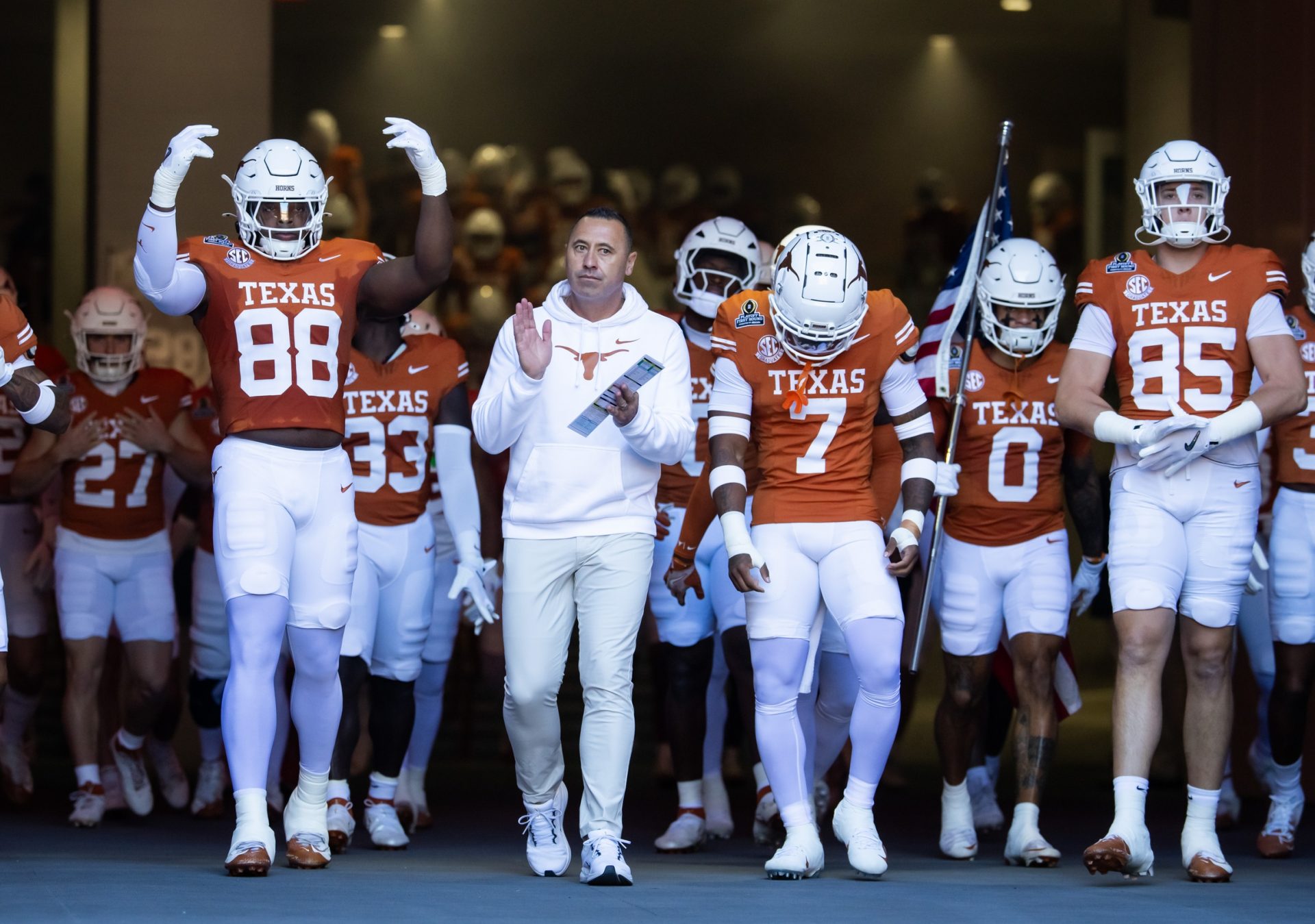College football can be a complicated sport, and its recruiting rules are even more convoluted. From dead periods to transfer windows to the recruiting calendar and everything in between, there’s a lot to track.
College Football Network has you covered with a full explainer of college football’s recruiting rules. Here’s everything you need to know about college football recruiting: its rules, calendar, and more.

What Are College Football’s Recruiting Rules?
Recruiting has changed dramatically in the last decade, but there are still several overarching rules that govern how college football teams approach their future players. What are some of the most important things about college football’s recruiting rules?
Recruiting Calendar
There are plenty of rules governing when and how college coaches can approach high school players. First, coaches cannot contact younger players, even on social media, until June 15 of their sophomore year (only to extend a verbal offer) or Sept. 1 of their junior year (for any sort of regular communication).
Still, there isn’t a free-for-all after that time in terms of communication. There are three kinds of periods on the recruiting calendar: dead periods, quiet periods, and open (or contact) periods.
During a contact period, college coaches can initiate contact with older prospects both on and off of their college campus. This can include conversations at a prospect’s school, an all-star event, or on the college’s campus.
Quiet periods permit contact on a college campus but not away from it. So, during a quiet period, a prospect can visit a college campus and talk to the coaches there, but the coaches cannot talk to players in-person off-campus.
Finally, there are sporadic dead periods sprinkled throughout the calendar. During these periods, no in-person contact between coaches and recruits is permitted.
Scholarships vs. Preferred Walk-Ons
Beginning in 2025, preferred walk-ons will be a thing of the past for the majority of college football conferences. With the exception of the SEC, every major CFB conference is moving to a limit of 105 scholarships.
Currently, scholarship limits are capped at 85 full-ride scholarships, while other players can be walk-ons, or students on the team who pay their way. Some of those walk-ons are preferred walk-ons, or players who are offered a spot on the team without having to try out.
What Are Official Visits?
Prospects can take an unlimited number of unofficial visits, or visits on their own dime, to schools. Obviously, there are no rules preventing anyone from visiting a college campus and recruits can visit as often as they’d like. However, a prospect may only take one official visit per school, and the school must initiate that visit.
Here, the school pays for the prospect and family members to get an up-close-and-personal look at the program. These are often multiple-day visits during which schools roll out the red carpet to convince prospects to choose them.
Players on official visits pay for nothing, while they must fund their own unofficial visits.
What Is an NLI?
A National Letter of Intent (NLI) may go the way of the dodo soon in favor of simple financial paperwork. Basically, it’s a mostly binding signature a prospect signs with his future school that locks him into the school.
Before signing an NLI, the player is free to commit or de-commit as he pleases, and he isn’t locked into his next school until he signs his NLI. At that point, there might be a loophole or two (a head coach is immediately fired), but the prospect is signed with their school at that point. A player may not sign his NLI until a signing period for his class.
When Can a Player Transfer?
Players may transfer only during one of the two transfer portal windows. The first occurs immediately after Conference Championship Weekend and lasts for about 20 days.
In 2024, this portal window takes place from Dec. 9 to Dec. 28. Prospective transfers must enter their names into the portal during this window but only need to sign with a school in time to enroll in that college for the spring semester.
There is a second, shorter portal window after spring practice that will last from April 16 to April 25. The two windows add to a total of 30 days. Prospects may not enter the transfer portal outside these windows, with a few exceptions.
FOLLOW ALONG: Track Every Transfer Portal Entrant in our CFN Transfer Portal Tracker now!
First, players who have graduated with a four-year degree from their previous school may enter the transfer portal at any time.
If a player’s head coach is fired, resigns, or takes a different job outside of a portal window, players have 30 days to enter the transfer portal. Similarly, if a player’s season ends after the December portal window closes, they’ll have time to enter the transfer portal outside of the designated window.
College Football Network has you covered with the latest from the ACC, Big Ten, Big 12, SEC, and every Group of Five conference and FBS Independent program.

